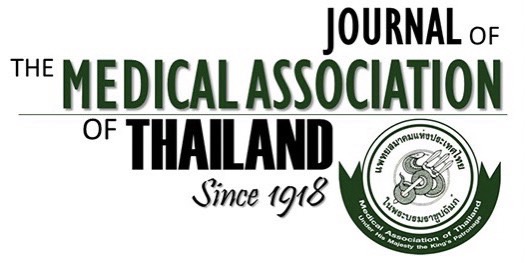Incidence and Predictors of Ventricular Arrhythmia after Cardiac Resynchronization Therapy Device Implantation
Porntera Sethalao¹, Napawan Pornnimittum², Arisara Suwanagool¹
Affiliation : ¹ Division of Cardiology, Department of Medicine, Faculty of Medicine Siriraj Hospital, Mahidol University, Bangkok, Thailand; ² Her Majesty Cardiac Center, Faculty of Medicine Siriraj Hospital, Mahidol University, Bangkok, Thailand
Background: Cardiac resynchronization therapy (CRT) serves as a pivotal therapeutic modality for patients with heart failure with reduced ejection fraction and biventricular dyssynchrony. The implementation of CRT not only mitigates the risk of sudden cardiac death but also enhances the overall quality of life. Knowledge concerning the incidence and predictive factors of ventricular arrhythmia (VA) following CRT implantation is invaluable for optimizing future CRT protocols and assessing cost-effectiveness.
Materials and Methods: The present research constituted a retrospective cohort analysis with a nested case-control study, conducted between January 2005 and April 2018. Inclusion criteria encompassed patients who experienced heart failure with a left ventricular ejection fraction (LVEF) of less than 35%, displayed a QRS complex duration exceeding 120 milliseconds on electrocardiography, which underwent optimized pharmacological treatment, and subjected to a minimum one-year follow-up post-implantation.
Results: One hundred forty-six CRT patients were included, and 47.9% (95% confidence interval [CI] 39.9 to 55.9) VA was detected. The average age at the time of implantation was 64 years. Only male, at 68.5%, was the baseline factor to increase the risk of VA (odds ratio [OR] 2.20, 95% CI 1.07 to 4.53, p=0.031). The other significant predictors for VA included fewer improvements in QRS width or LVEF post-implantation (p<0.001 and 0.001, respectively). Conversely, a reduction of at least 7 milliseconds in QRS width following implantation correlated with a significant decline in VA events (p<0.001), exhibiting a sensitivity of 80.3% and a specificity of 65.7%.
Conclusion: In patients who underwent CRT implantation, the risk factors determining the occurrence of VAs included male gender and minimal post-procedural improvements in QRS width or LVEF. On the contrary, a narrowing of the QRS width by more than 7 milliseconds post-implantation was significantly associated with a reduced incidence of ventricular arrhythmic events.
Received 3 July 2023 | Revised 30 October 2023 | Accepted 2 January 2024
DOI: 10.35755/jmedassocthai.2024.5.13984
Keywords : Cardiac resynchronization therapy; Ventricular arrhythmia; Heart failure with reduced ejection fraction; Incidence; Predictors; QRS width
All Articles
Download



